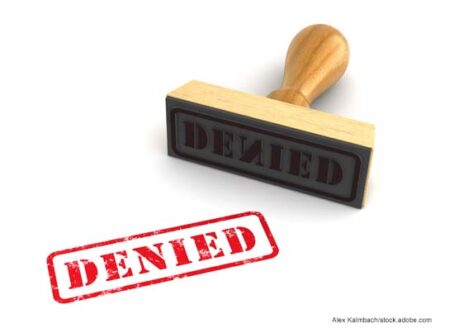Buttigieg updates Senate on NHTSA’s impaired-driving rulemaking
A rulemaking aimed at taking drunk and distracted drivers off the road received more than 18,000 comments, Transportation Secretary Pete Buttigieg told a Senate subcommittee this week.
In January, the National Highway Traffic Safety Administration published an advance notice of proposed rulemaking about requiring impaired-driving prevention technology on new passenger vehicles. The rulemaking, which does not apply to commercial motor vehicles, was required by the 2021 Infrastructure Investment and Jobs Act.
According to NHTSA, 13,384 people were killed in drunk-driving crashes in 2021.
NHTSA said that several technologies have the potential to detect such impairments as alcohol, drowsiness and distraction.
During the Senate’s Transportation, Housing and Urban Development subcommittee hearing on Thursday, May 2, Sen. Shelley Moore Capito, R-W. Va., asked Buttigieg about the rulemaking’s progress and if a final rule would be in place by 2026.
“I’m eager to see these promising technologies in new cars beginning in 2026 as the IIJA has required,” Capito said. “I understand that the comments received have been robust, and I hope this is a top priority for NHTSA as this action will save thousands of lives and make roads safer.”
Buttigieg said that NHTSA is busy reviewing more than 18,000 comments before it can move forward with the next stage of the rulemaking process. Those comments include support from the National Transportation Safety Board, concerns from automobile manufacturers about costs and potential consumer backlash and concerns from the general public about privacy and practicality.
“This is a horrible idea,” Mark Megarity wrote in his comments to the agency. “Not only because there is no real defined mechanism but also because of the implications to drivers – meaning what about false indications.”
Although there are technologies with the potential to detect someone who is attempting to drive while drunk, drowsy or distracted, NHTSA acknowledged that there are challenges.
Those include being able to distinguish between impairment states, avoiding false positives and applying appropriate prevention countermeasures. The rulemaking doesn’t include drugged driving due to “technology immaturity and a lack of testing protocols.”
“We do need to make sure we balance all of the concerns that are in play, but do it in a way that meets our safety mission,” Buttigieg said. “We also need to make sure we have a good understanding of how the technology is going to be put into play and practice. It’s one thing to have a technology available and prototyped. It’s another thing to mandate it across the U.S.”
The infrastructure law says that NHTSA should issue a new regulation only if it meets the requirements of the National Traffic Motor Vehicle Safety Act, which states that a proposed standard “must be reasonable, practicable and reduce traffic crashes and associated deaths.”
After reviewing the more than 18,000 comments, NHTSA will decide whether to move forward with a notice of proposed rulemaking. LL









